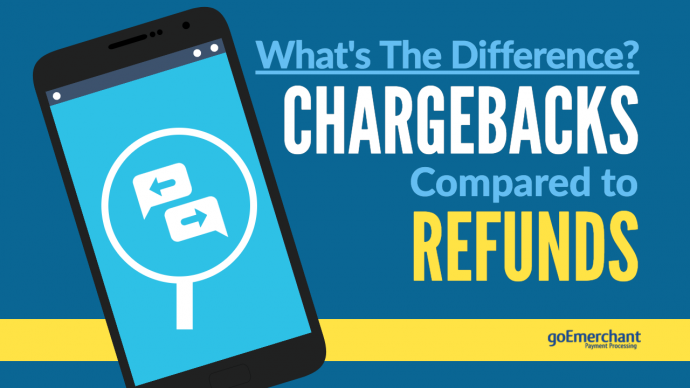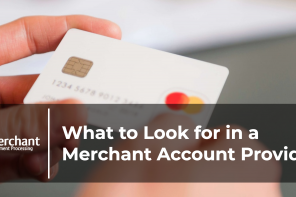Merchants are inundated with many terms that may seem similar but have drastically different results. This is the case when identifying the similarities and differences between chargebacks and refunds.
From a merchants perspective, both chargebacks and refunds result in a lost sale. Retailers would prefer to avoid both, as they can complicate financials and negatively effect the bottom line. Regardless, it’s important for merchants to understand how chargebacks work, how refunds work, and how to avoid an unnecessary amount of both.
What is a Chargeback?
A chargeback is typically initiated after a customer disputes a charge. This occurs when a customer contacts their card issuer and claims a problem with the purchase. The customer may say they never made a purchase or may claim the purchase was deceptive and did not match their expected outcome as promised by the retailer.
There are both legitimate and illegitimate reasons for disputing a charge. It’s common for a customer to dispute a charge when an item was damaged or was of poor quality. The customer may also dispute a charge when they encounter a purchase on their statement that isn’t recognized.
To that same extent, a customer may knowingly deceive a merchant and claim they didn’t make a purchase when they did in fact, actually make a purchase. Then there is also the common problem known as friendly fraud. This is where a customer makes a purchase and dispute the item because they don’t recognize or remember the purchase. As crazy as may seem, friendly fraud is estimated to be a $30 billion dollar problem annually.
With online banking practices making it easier to dispute a charge without actually speaking to a physical person, the rate of friendly fraud continues to rise. As disputes get easier to file, this is likely to become an increasingly expensive problem for retailers. Too much friendly fraud can also damage a merchant’s relationship with their card issuing and payment processing partners.
Merchants can dispute a chargeback, but the time and resources it takes to defend against a chargeback dispute are often not worth the time it takes. Many merchants are better off working to improve their internal systems and practices to prevent chargebacks from occurring in the first place.
What is a Refund?
Refunds are a little bit more straightforward in the retail world. The customer initiates a refund usually because they either no longer want the item, the item was damaged, they bought the wrong item, or it was delivered too late.
Unlike chargeback rules, retailers can set up their own unique refund policy. It’s common for retailers to set a specific deadline for when an item can be refunded in full. Some retailers don’t allow for refunds on any items, particular for items that may be on sale. Some retailers also allow for partial refunds, depending on the type of product or service provided.
Every retailer should set their policies based on what fits best with the type of business they run and the type of customers the engage with on a regular basis. Keep in mind that having a customer-friendly return policy is a key component of solid customer service.
How to Reduce Chargebacks and Refunds
Whenever presented with a customer issue, it will always benefit the merchant to refund the customer instead of allowing them to take action and file a chargeback dispute. Although a refund results in a lost sale, a chargeback can result in a much bigger loss — not to mention the hassle of dealing with the customer’s issuing bank.
Chargebacks can also cause tension with a merchant’s processing partner, which is another reason to avoid unnecessary disputes. In general, a retailer should work with the customer to find a fair solution to avoid both a chargeback and refund. Merchants should also ask their payment processor for a better merchant descriptor that matches your brand name, so customers don’t accidentally file a chargeback dispute. Better informing customers and being aware of common consumer behavior can help reduce unnecessary chargebacks and refunds.
Merchants can also diffuse most chargeback or refund situations by directly contacting the customer in an attempt to resolve the dispute. This helps uphold your brand value and establish a line of trust between your business and your customers. Merchants should also allow customers to easily contact them if they want to file a dispute. Many chargeback and refund situations can be resolved by simply streamlining communication.
Like most scenarios in retail, when a merchant presents fair and transparent ways to dispute a charge or refund an item, the customer is more likely to be fair about the transaction and less likely to deceive the merchant from accepting an unfair return or dealing with the expensive hassles of chargebacks.




